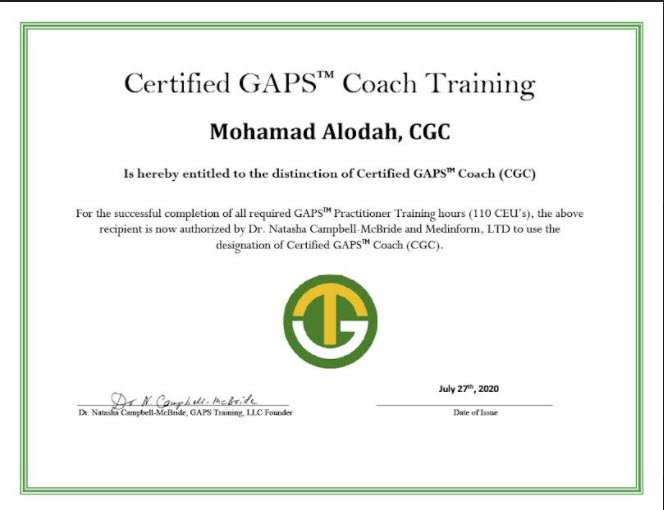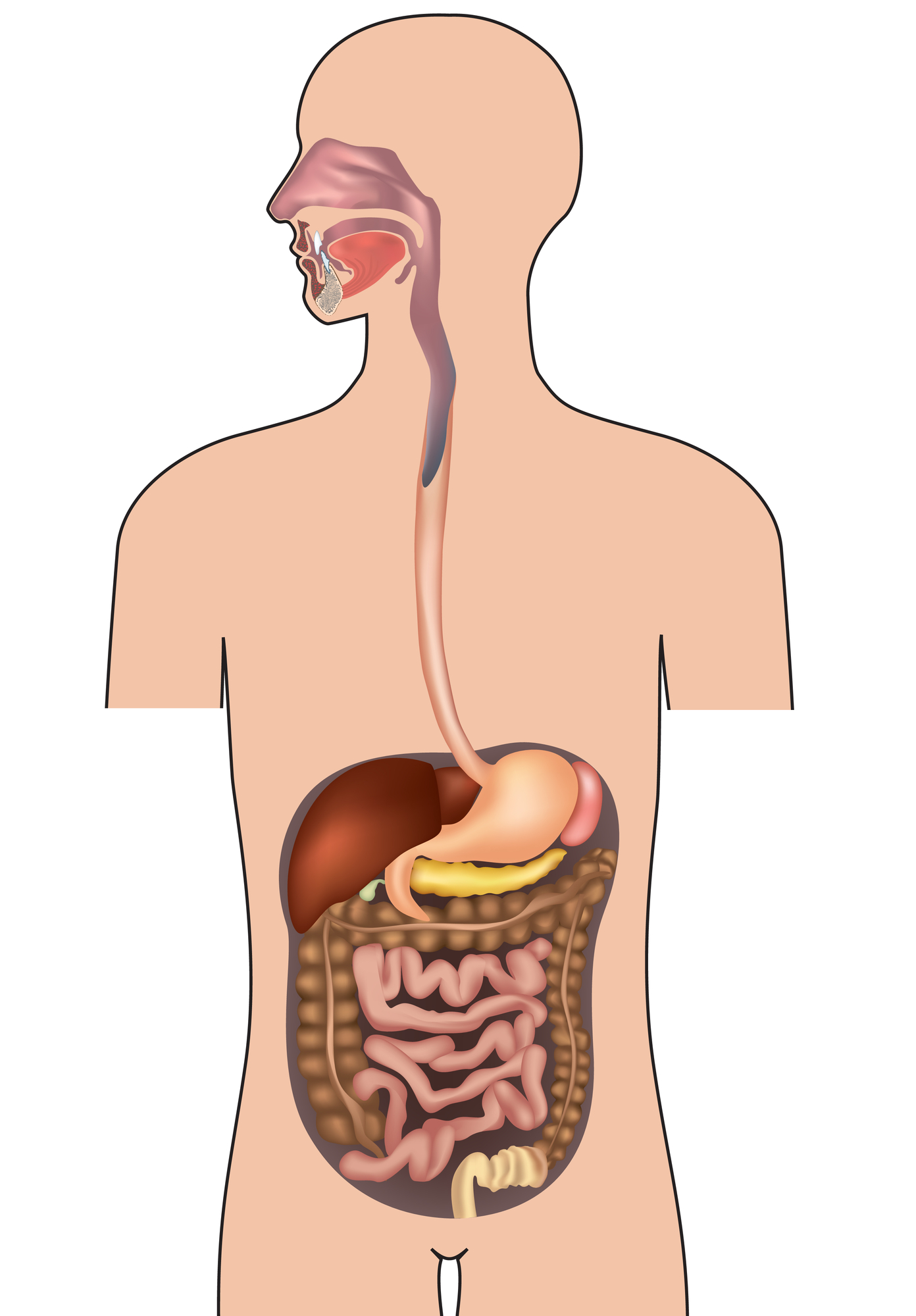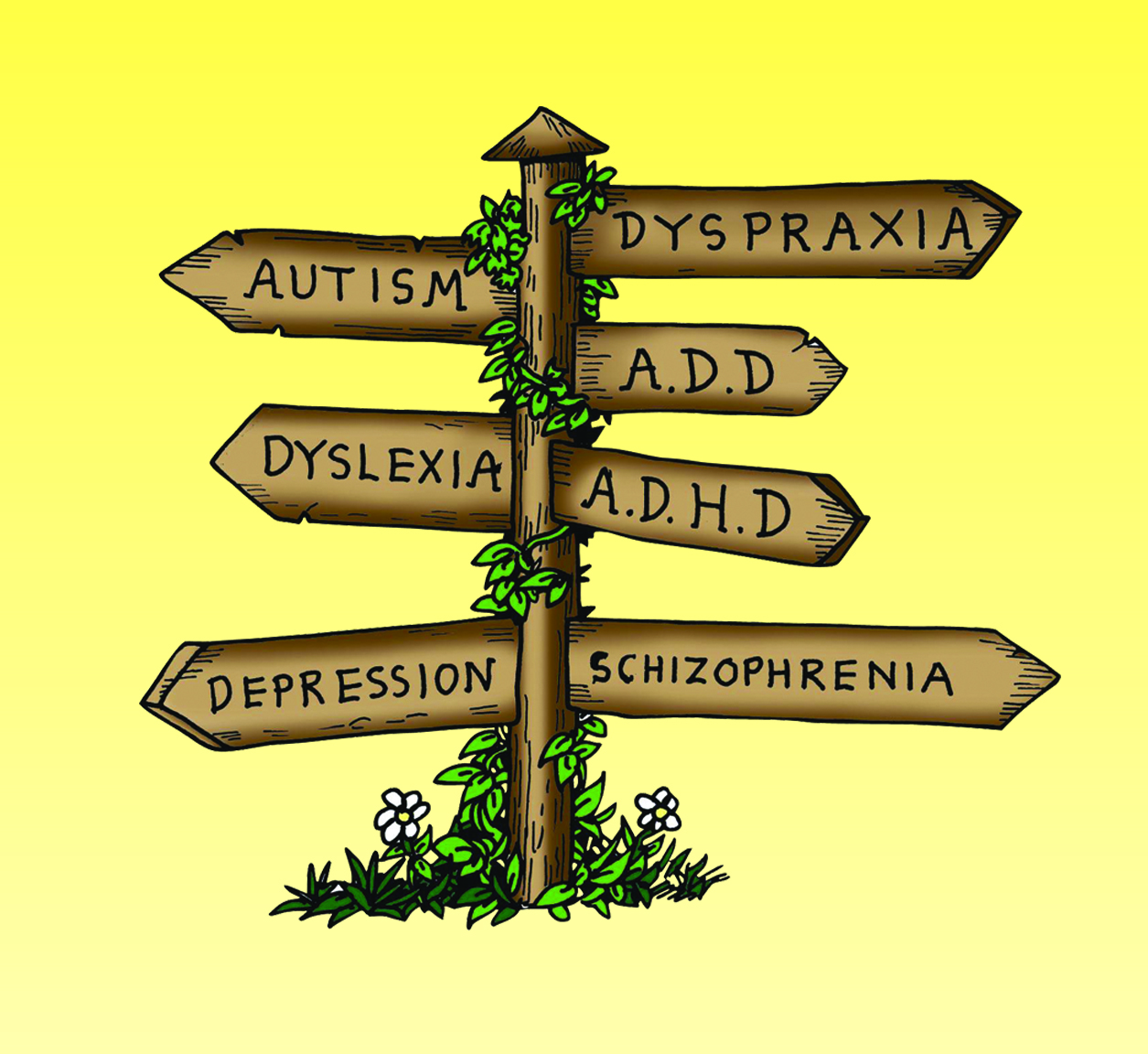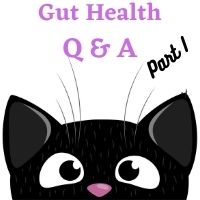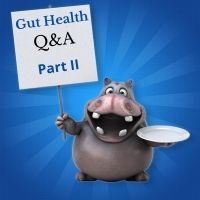For the latest updates and offers on new products & books, sign up today!
The Full GAPS Diet
The GAPS diet protocol that Dr. Natasha created more than 20 years ago, has a great reputation for healing many individuals with all sorts of digestive disorders that cause physical and mental illnesses.
The Full GAPS diet is one component of this GAPS protocol and it is relatively easier to follow than the other GAPS diet branches. Simply because of the food varieties as it provides more options for both eating and cooking.
What is the Full GAPS Diet
The GAPS diet protocol is designed to heal the leaky gut by rebalancing the gut flora and sealing the holes in the intestinal wall. There are different stages and branches of the diet and the Full GAPS diet is the last phase you reach. After you complete this part of the diet and have a full recovery, you can exit the GAPS diet.
The Full GAPS diet includes all the foods in the six-stage introduction diet but in addition to that, you will have more food choices, such as different types of whole milk cheeses, vegetables and fruits, beans, and other items.
The Core of the Full GAPS Diet is meat stocks, eggs, fermented dairy, fermented vegetables, and animal fat.
Should You Start with the Full GAPS Diet?
What diet should you start from is an important question to ask yourself, as it will most likely determine your success or sadly, your failure. Here are some tips I have learned as someone who used and still uses this diet.
-Depending on your digestive system disorder and severity, you may start with the Full GAPS diet, however, at a certain point, your body needs more healing. At this point, transitioning to the introduction diet might be necessary.
-If you have chronic diarrhea, then the introduction diet is best to start with. But, if it is persistent, switching to the Full GAPS sooner than later is advisable.
-If constipation is your major issue then the Full GAPS might be a good entry. This is because of the assumption that you need more fiber. Some individuals will have no issue with constipation following the low-fiber intro diet and some do, we are all different.
-Some don’t have much experience cooking, if that’s you, then the introduction diet will be like understanding quantum mechanics, as it is mainly filled with cooking your own, whole foods. The Full GAPS diet will definitely be a better option to implement.
-For serious digestive disorders such as Crohn’s, ulcerative colitis, and celiac disease, the introduction diet is where you need to start. It is more soothing and will accomplish deeper healing in the gut. But, if cooking is a challenge for you, I would set aside some time to take classes or learn by yourself.
-For a child with an autism spectrum disorder, Dr. Natasha McBride advises starting with the introduction diet.
-Teenagers who don't have severe gastrointestinal disorders but suffer from dyslexia, ADHD, dyspraxia, and similar learning/behavior disorders will be better off starting on the Full GAPS diet since it is easier to follow.
Summary
Whether you start with the Full GAPS diet or the introduction GAPS diet, you will be going in the right direction and taking responsibility by healing your leaky gut and regaining your health. Dr. Natasha advises her patients to follow the Full GAPS diet for at least two years to see real progress and to confirm the gut has been fully healed. For others, the Full GAPS diet will not provide full recovery due to the severity of the digestive tract damage thus need to do the transition to the intro diet. That’s okay too, at least you are now more familiar with the GAPS nutrition protocol and the transition will be easier.


